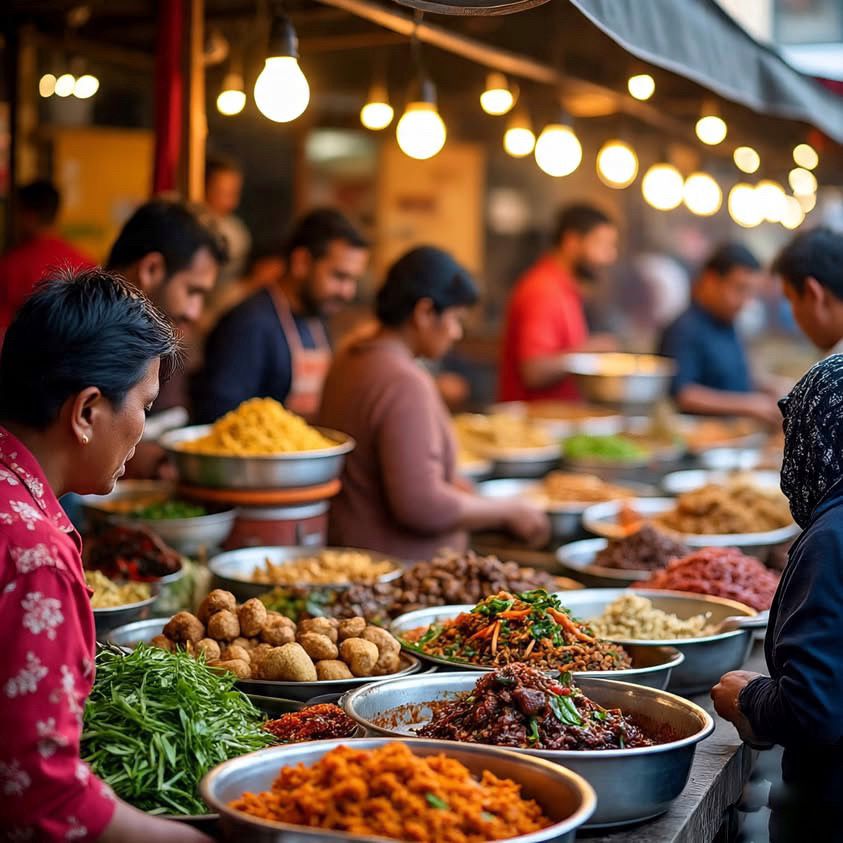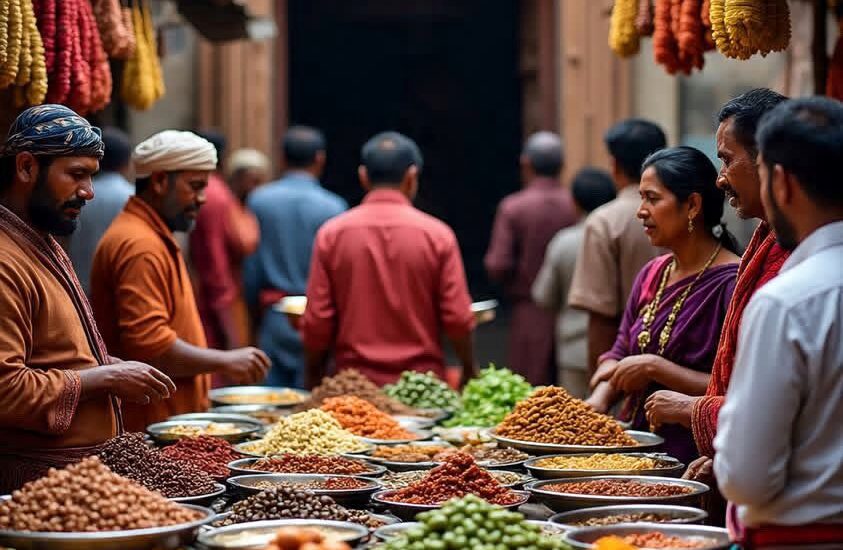Discover how food shapes society and reflects cultural identity, class divisions, and social relationships. Every morning when I pour my coffee and decide between toast or cereal, I am participating in a complex web of social relationships that extends far beyond my kitchen. Food sociology reveals how our eating habits reflect and shape everything from class divisions to cultural identity, family dynamics to global power structures. What we eat, how we eat it, and who we eat with tells a story about who we are as individuals and as a society.
The sociology of food examines these intricate connections between our meals and our social world. This field of study goes beyond nutrition labels and cooking techniques to explore how food functions as a symbol, a marker of belonging, and a tool for both inclusion and exclusion. When we analyze foodways through a sociological lens, we begin to understand that no meal is simply about sustenance.
Take the simple act of sharing a family dinner. In my own childhood, Sunday dinners at my grandmother’s house were elaborate affairs that required everyone to dress nicely and arrive on time. These gatherings were not just about the roast beef and mashed potatoes, though those were certainly important. They were rituals that reinforced family hierarchies, transmitted cultural values, and created shared memories. The eldest family members sat at specific spots, children were expected to use proper manners, and certain topics were deemed appropriate for dinner conversation while others were not.
Food anthropology shows us how these patterns repeat across cultures, though the specific foods and customs vary dramatically. In some societies, eating with your hands is perfectly acceptable and even preferred, while in others, it would be considered crude. The utensils we use, the order in which we serve courses, and even the height at which we sit while eating all carry social meaning.

Cultural food practices also serve as powerful markers of identity and belonging. When immigrants maintain their traditional cuisines in new countries, they are doing more than satisfying their taste preferences. They are preserving connections to their homeland, teaching their children about their heritage, and creating spaces of familiarity in unfamiliar environments. I remember visiting a Vietnamese restaurant in my college town where the owner would automatically serve different dishes to Vietnamese customers than to others, recognizing that her Vietnamese patrons wanted authentic flavors while non-Vietnamese diners might prefer adapted versions.
This dual nature of food as both inclusive and exclusive becomes particularly apparent when we examine how certain cuisines gain legitimacy while others remain marginalized. French cuisine has long been associated with sophistication and refinement in Western culture, while many traditional foods from colonized nations were historically dismissed as primitive or unsanitary. The elevation of some food traditions over others reflects broader power dynamics and colonial histories that continue to influence our perceptions today.
Social class plays an enormous role in shaping our relationship with food. The concept of cultural capital, developed by sociologist Pierre Bourdieu, helps explain how knowledge about “good” food becomes a way to signal class status. Knowing which wine pairs with which cheese, understanding the difference between various cuts of meat, or being familiar with exotic ingredients can serve as markers of education and sophistication. These food hierarchies create invisible boundaries that separate social groups.

But class influences more than just our food preferences. It fundamentally shapes our access to quality nutrition. Food deserts in low-income neighborhoods limit healthy options, while wealthy areas boast multiple organic markets and artisanal food stores. The time and energy required to prepare nutritious meals from scratch assumes a level of economic security that many families simply do not have. When we judge families for choosing fast food over home cooked meals, we often fail to consider the complex realities of working multiple jobs, lacking reliable transportation, or living in housing without adequate cooking facilities.
Gender dynamics permeate every aspect of food culture. Despite significant social changes, women still bear the primary responsibility for meal planning, grocery shopping, and cooking in most households. The expectation that mothers should provide nutritious, home-cooked meals places an enormous burden on women, particularly working mothers who must balance career demands with domestic responsibilities. Food preparation remains one of the most gendered activities in contemporary society.
Restaurant culture provides another lens through which to examine food sociology. The hierarchy within professional kitchens, the gendered division of labor between front and back of house, and the ways that fine dining establishments create atmospheres of exclusivity all reflect broader social patterns. The celebrity chef phenomenon has transformed cooking from a working-class trade into a form of entertainment, yet the actual workers who prepare most of our restaurant meals often remain invisible and underpaid.
Reference
Poulain, J. P. (2017). The use of Pierre Bourdieu’s distinction concepts in scientific articles studying food and eating: A narrative review. Appetite, 96, 174–186. https://doi.org/10.1016/j.appet.2015.09.010
Bourdieu, P. (1996). The rules of art: Genesis and structure of the literary field. Stanford University Press.
Oncini, F. (2019). Feeding distinction: Economic and cultural capital in the making of food boundaries. Poetics, 73, 17-31. https://doi.org/10.1016/j.poetic.2018.10.005

